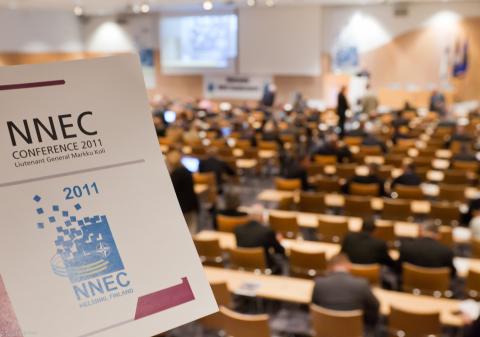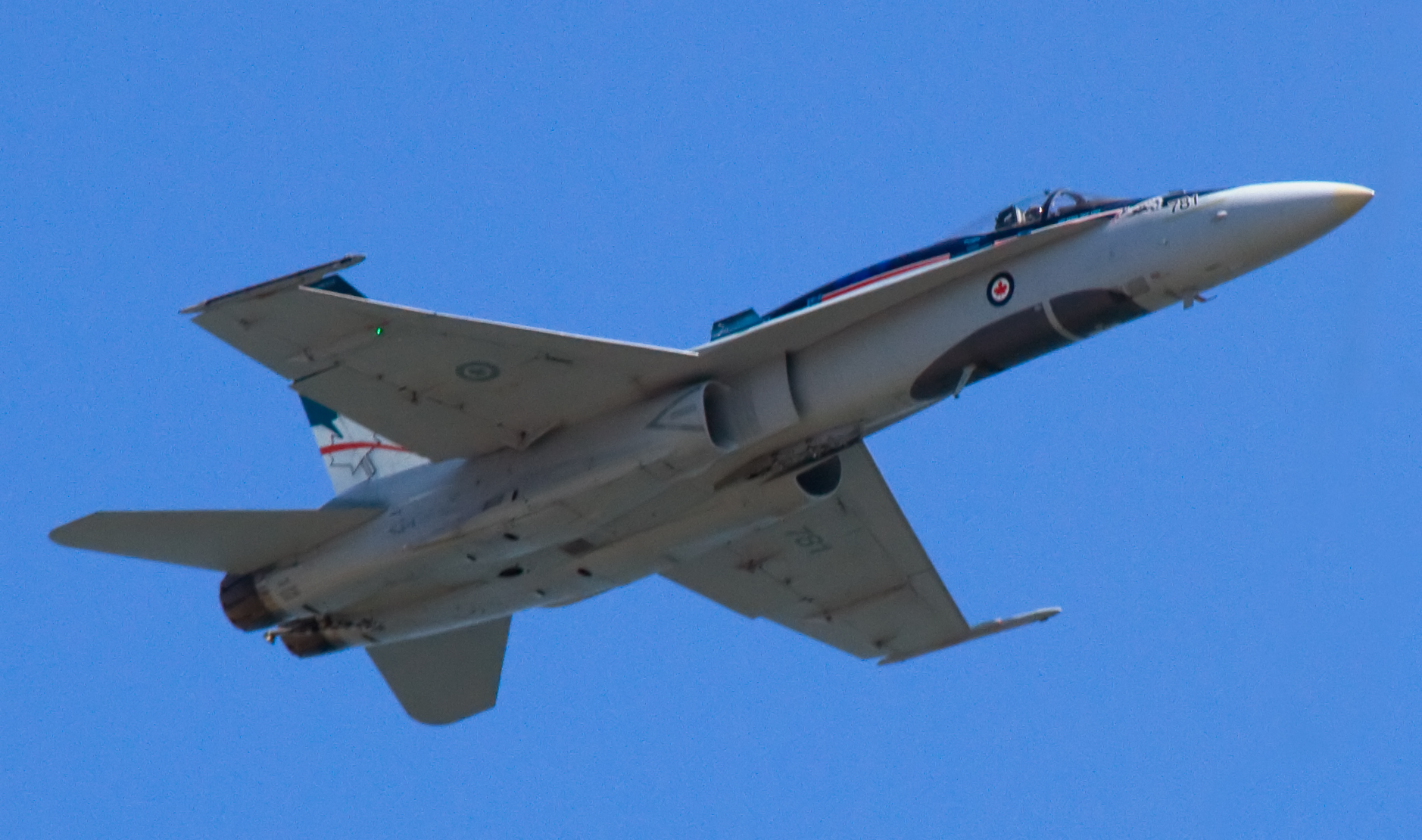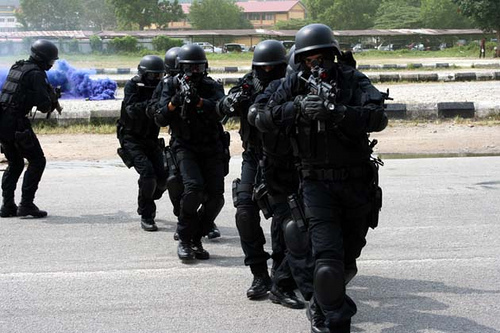Singaporean Defence Minister Ng Eng Hen raised some eyebrows last week in a speech that laid out a vision for the future of his country’s armed forces. He introduced a roadmap outlining current, planned, and future capabilities, detailing for his audience his hopes for shaping a new and thoroughly modern “networked force” with all parts highly connected. To quote Defence Industry Daily, the transformation can be summed up in a nutshell: “highly technological, and highly integrated.”
While seemingly ground-breaking to the untrained eye, this vision is best understood as part of an oncoming wave of change set to revolutionize the conduct of contemporary warfare. A “Revolution in Military Affairs”, or RMA, is the acceleration of technological change combined with various spillover transformations that alter the undertaking of war. A few examples include the introduction of railways, the telegraph, steam power, and forward into the age of nuclear weapons and ballistic missiles. Crucially, these transformations are not limited to changes in the tools of war; they have pervasive consequences that extend deep into the practices, organizations, and doctrine of the military apparatus. Today, the RMA is being driven by advances in information technology, specifically, Network-Enabled Operations (NEO).
Originally termed “Network-Centric Warfare”, NEO involves the leveraging of advances in information technology to strengthen synchronicity and interoperability internally, across military and civilian departments, and among allies, while simultaneously denying that capability to the enemy. According to the seminal document by US Admiral Arthur K. Cebrowski, NEO will play a critical role in the shift away from attrition-style warfare, whereby a war is won by wearing the enemy down through sustained losses to personnel and materiel. Through NEO, increased speed and efficiency translates into the capacity to lock out alternative enemy strategies and lock in success.
As interoperability and synchronicity are meant to apply at all levels of an operation, the importance of staying on the cutting edge of NEO is critical for NATO members. Through a policy called NATO Network Enabled Capability (NNEC), the Alliance is endeavouring to effectively federate capabilities in coalition operations. The slogan is “Share to Win.” In 2003, nine countries agreed to fund introductory research into the feasibility of organization-wide adherence, and since 2004, an annual conference has been held to create awareness among allies of NEO and advance the goals of full collaboration and full coherence. The next conference will be held in Helsinki on March 25 of this year.
There are significant challenges to overcome in implementing NEO-linked changes. Several procurement efforts can be identified that are directed towards achieving NEO, such as the Integrated Soldier System Project (ISSP), and the Electronic, Munitions and Tactical Systems (EMTS) project, but it should be stressed that new Canadian Forces materiel represents only an important, but minor step forward. This is because NEO pertains to a broad mission of systems integration; though the technology is readily available and may not be particularly costly to obtain, the larger questions have to do with organization, protocol, and culture, among other factors. Canada’s efforts toward this end have been described as “considerable” in a 2005 US report on the progress of implementation of Network-Centric Warfare. The article recognizes budget cuts and contemporary resource-related restrictions faced by Canada and its allies, forcing an emphasis on pragmatism: NEC is seen to be a journey, rather than a destination. Evolution-like adaptation, with slow and selective changes, is expected to be the norm should political will be upheld through time.
There is good reason to believe that support for NEO will remain widespread in Canada given the consequences of failing to follow through with this critical modernization. For example, as explained by Dr. Paul T. Mitchell, Director of Academics at the Canadian Forces College, the Royal Canadian Navy has been successful in the past in integrating into US carrier battle group operations. He warns that medium-sized navies that lack a developed relationship with the US network are likely to run into problems integrating into NEO-dominated operations, which may preclude their participation altogether.
More positively, there is a case to be made that Canada has a historical leg-up on its peers in the pursuit of NEO. The earliest US interest in a networked and interconnected armed forces can be seen to be at least partly rooted in its observation of an important, though short-lived, Canadian project. As the Second World War came to a close, Canada had a commanding seagoing presence with the third-largest navy in the world. In order to track increasingly numerous and quick surface and sub-surface vessels, the navy commissioned the development of a state-of-the-art digital computer system in 1949 called “Digital Automated Tracking and Resolving”, or DATAR. Though the system never went into active service, the US was a close observer of the project, adopting many of its principles for their own tactical networking applications. This Canadian innovation should serve to help energize policy makers as they advance toward full NEO and total interoperability.




